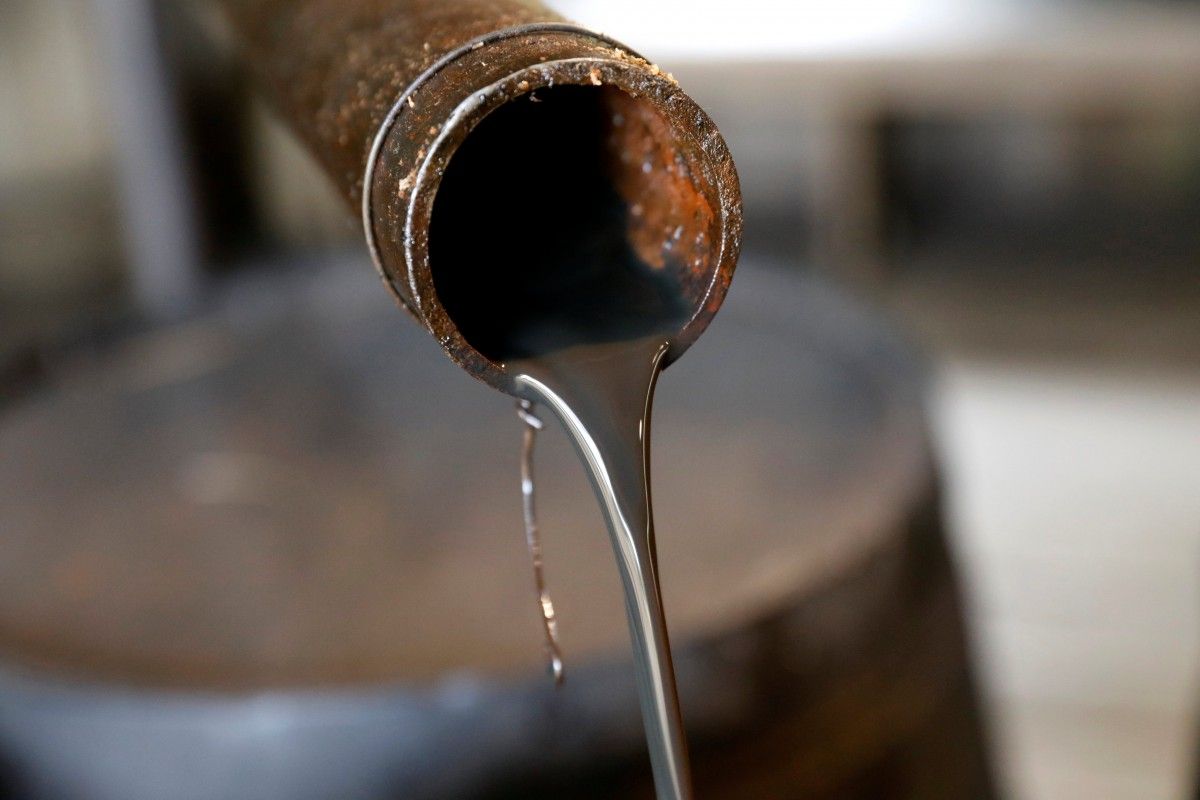
Here’s why Brent crude is falling to discount against Dubai benchmark
- Brent crude futures have fallen to a discount compared to Dubai swaps for the first time since November 2023.
- Increased demand for Middle Eastern sour crude, particularly in Asia, is shifting global oil market dynamics.
- Oversupply forecasts and potential increases in OPEC+ output could further impact oil prices.
Brent crude futures, a global benchmark for sweet crude oil, have recently fallen to a discount compared to Dubai swaps, a benchmark for Middle Eastern sour crude oil.
This marks the first instance of such a price inversion since November 2023, according to data from LSEG, quoted by Reuters.
LSEG data showed that the Brent-Dubai Exchange of Futures for Swaps (EFS) was assessed at minus 2 cents a barrel at Wednesday’s market close at 0430 GMT.
The price difference between sweet and sour crude oil has increased to 14 cents per barrel, according to the report.
This difference in price is due to the fact that sweet, or low-sulphur, oil is easier to refine than sour, or high-sulphur, oil.
Changing dynamics
Copy link to sectionThis shift in pricing dynamics underscores the growing strength and demand for Middle Eastern sour crude in the global oil market relative to the traditional benchmark of Brent sweet crude.
Several factors contribute to this changing landscape.
The increasing demand from Asian refineries, particularly in China and India, which are equipped to process sour crude, plays a significant role.
Additionally, geopolitical tensions and supply disruptions in other regions have enhanced the appeal of Middle Eastern sour crude as a reliable and stable source of energy.
Moreover, production cuts by the Organization of the Petroleum Exporting Countries and allies, including Saudi Arabia and the UAE, have further tightened the supply of sour crude, contributing to its price premium over Brent.
This development could lead to a shift in global oil trade flows, with Middle Eastern sour crude gaining a larger market share.
It may also impact pricing strategies and investment decisions of oil producers and refiners worldwide.
Furthermore, it highlights the evolving dynamics of the global energy landscape and the growing influence of Middle Eastern oil producers in shaping the market.
Dubai benchmark gains supoort
Copy link to section“We recently saw a lot of bidding activity in the Dubai window by trade houses, which supports the Middle East benchmark,” Harry Tchilligurian, head of research at Onyx Capital Group was quoted in the report.
Brent, on the other hand, is drawing less support as refiners in Europe are still undergoing scheduled maintenance and refining margins in Northwest Europe are subdued.
Brent crude futures experienced downward pressure on Wednesday following Russia’s agreement to a proposal put forth by US President Donald Trump earlier in the week.
The proposal called for a temporary cessation of attacks on each other’s energy infrastructure by both Moscow and Kyiv.
This development has the potential to pave the way for Russian oil to re-enter global markets, easing supply concerns and putting downward pressure on oil prices.
Oversupply
Copy link to sectionThe International Energy Agency had already forecast an oversupply in the oil market this year, amounting to around 600,000 barrels per day.
With OPEC+ scheduled to increase output from April, more supply could weigh on oil prices further.
Meanwhile, arbitrage opportunities have arisen for sweet crude from the Atlantic Basin to be sent to Asia.
This is due to Brent’s price weakness against Dubai, and the resulting opening for sweet crude to move to Asia, according to a trader.
A trader said that the price spreads between dated Brent and Dubai are also at a discount for April to June contracts.








